Haptic feedback devices bring a tangible dimension to accessibility, turning it into something you can feel. Haptic feedback is not necessarily vibration, and vice versa. While vibrations are a common form of haptic feedback, they are not the only type. Haptic feedback can encompass various tactile sensations, including vibrations, forces, pressure, textures, and even temperature changes. In essence, haptic feedback is a broader term that refers to any tactile feedback or sensation provided to a user through touch or interaction.
Amidst social media buzz and a noticeable surge in haptic tech patents, it’s clear that the appetite for haptic devices is growing rapidly. It’s not only about gamers – professionals in advanced fields such as aviation, for example, are relying on haptic technology. And unsurprisingly, this increase in buzz is translating into even cooler and more sense-sational options, for example:
1. The PS5 DualSense Edge Controller
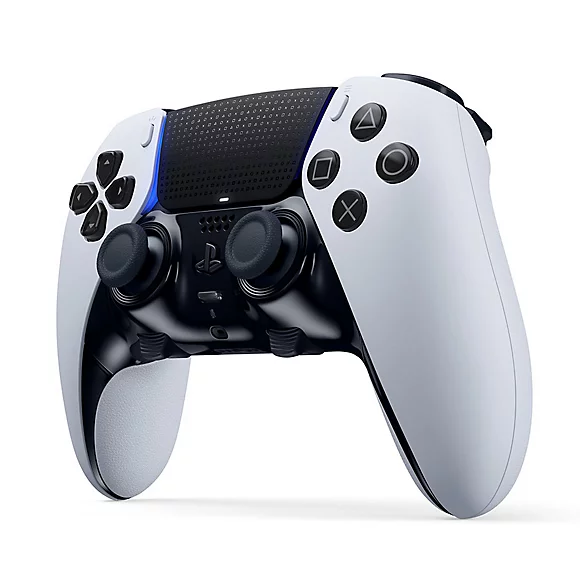
The PS5 DualSense controller is the market’s foremost and broadly acknowledged haptic feedback device. Sony introduced the new wireless version, DualSense Edge, in January of this year. This controller’s adjustable trigger stops allow for fine-tuning feedback during different in-game actions. Similarly, the tunable stick sensitivity ensures precise control over tactile sensations. You don’t need a PlayStation 5 to enjoy the controller’s haptic feedback; simply plug it into your PC device, and you can experience this tactile feedback. There are very few games that the DualSense controller cannot enhance.
2. Ultraleap’s mid-air haptics

If you are a haptic feedback enthusiast, you must have heard about Ultraleap’s mid-air haptics. And any normal individual or tech enthusiast would be intrigued by this exceptional haptic feedback device. Ultraleap’s mid-air haptics is based on patented algorithms that release ultrasonic waves and modulate them to stimulate the nerve endings on your skin. The technology can create multiple control points that can move around your hand or form complex shapes like lines and circles. You can also adjust the intensity and frequency of the sensations to create different effects. As Ultraleap puts it, “The combined ultrasound waves have enough force to create a tiny dent in your skin.” They say they use this pressure point to create a vibration that touch sensors in your hands can detect. This technology can deliver up to 95% accuracy in haptic feedback.
3. Zebra KYBD-QW-VC-01 Keyboard
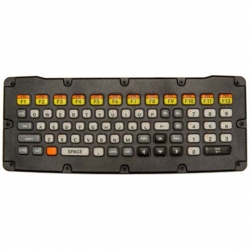
Although iPhones are now using haptic feedback on their on-screen keyboards, physical PC keyboards rarely possess haptic technology. The Zebra KYBD-QW-VC-01 Keyboard is the closest to haptic feedback you can experience in a PC. It features 12 direct function keys and an additional 12 via shift function, all of which provide precise and tactile feedback with each press. Even in demanding, condensing environments, the built-in heaters and drainage system ensure error-free operations while maintaining a satisfying haptic response.
Also Read: Introduction and types of virtual keyboards
4. bHaptics’ TactSuit and TactGlove
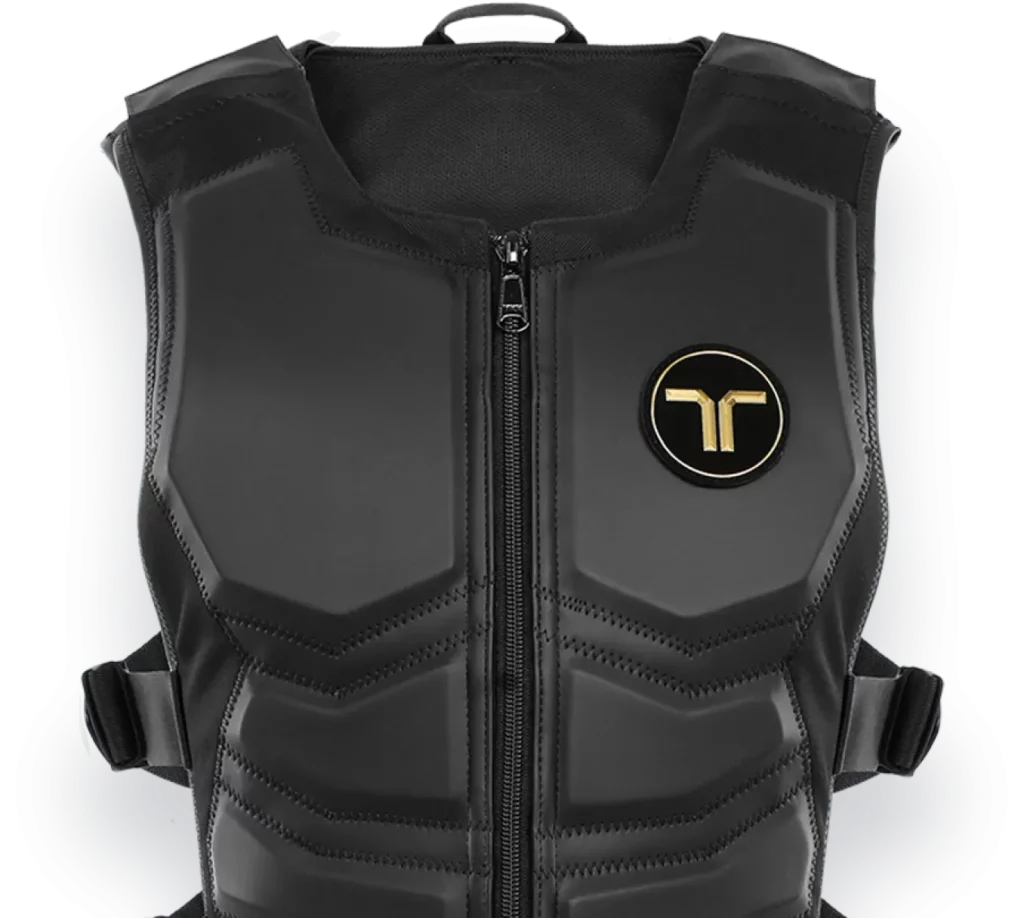
bHaptics’ TactSuit has 16 to40 Eccentric Rotation Mass (ERM) vibration motors that are wrapped around the user’s upper body. All bHaptics devices possess an integration of ERM motorsto boost the degree of immersion. Whether you’re using the TactSuit with a PC or PCVR, the setup is straightforward. Just open the bHaptics Player on your PC, pair the TactSuit, and fine-tune the intensity using the Feedback Intensity bar.
Gamers, especially VR, can’t afford to miss the TactGloves either. bHaptics TactGlove’s 6 strategically placed haptic feedback points offer a dynamic and responsive sensory experience. These feedback points ensure that you can precisely simulate touch, pressure, and texture in virtual reality. You can connect it effortlessly via Bluetooth to your Quest 2.
5. Audi’s 2021 Electric Vehicle
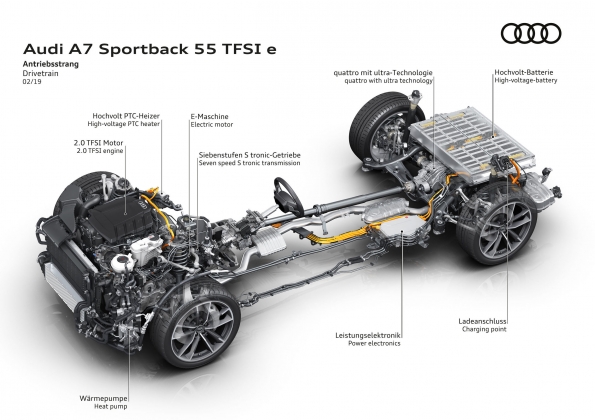
The 2021 Audi A7 55 TFSI e plug-in hybrid has haptic feedback in its accelerator pedal. This feature enhances the driving experience and safety. It provides detectable tactile feedback to the driver, improving awareness of accelerator pressure. This results in smoother acceleration, especially in hybrid or electric cars. With it, drivers can also feel feedback through their foot, reducing the need to check the dashboard or infotainment screen while driving. Automakers such as BMW, Honda, Toyota, Benz, Tesla, are also planning to incorporate haptic technology into their vehicles.
6. Teslasuit
Teslasuit can simulate temperature, pressure, impact, and vibration sensations on your skin, as well as track your movements and vital signs. You can use it for training, gaming, fitness, and rehabilitation purposes. Although the best of its kind available in the market, the whole-body suit is pretty bulky. As you can see in the video, it is revolutionary for VR gaming and haptic technology. It’s amazing how the suit tracks your boxing moves and provides haptic feedback based on that. The suit can even simulate industrial working environments in VR. But for non-gamers, when it comes to a ‘suit’, we want clothes to wear, not some heavy stuff, right? Well, engineers at Rice University are trying to integrate textile-based clothing with haptic feedback. Let’s wait and see!
7. Droplabs EP 01 Shoes
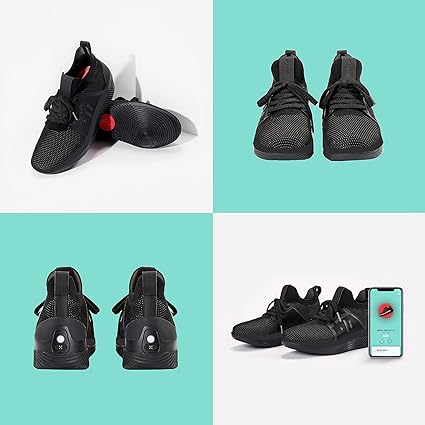
Although bHaptics Tacstosy shoe may be a great option for those who chose bHaptics’ TactSuit, Droplabs EP 01 is the clear standalone winner in terms of haptic shoes. Droplabs EP 01 shoes are ones that let you feel the sound and music in VR/AR. They use patented technology to convert audio signals into vibrations that sync with your feet. You can connect them to any Bluetooth device, such as a smartphone, VR headset, or gaming console.
Related Post: Wearable Technology Market
8. Razer enki pro hypersense gaming chair
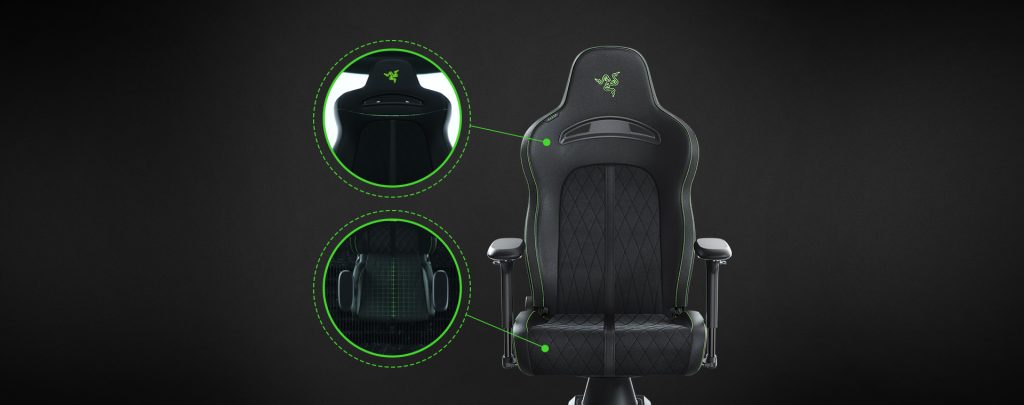
This is a gaming chair that features haptic feedback technology from Razer. It has two built-in speakers and four haptic motors that deliver immersive sound and vibration effects to your back and seat. You can adjust the intensity and frequency of the haptics to suit your preference. The chair also has a ergonomic design, memory foam cushions, and a reclining function.
9. Surface Slim Pen 2 + Vibe smart whiteboard
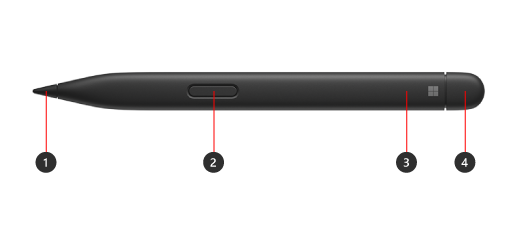

If a digital whiteboard is what your company requires/has, try surface Slim Pen 2, a haptic pen. Surface Slim Pen 2 and Vibe smart whiteboard are two products from Microsoft that can work together to create a haptic feedback experience for businesses. The Surface Slim Pen 2 is a stylus that has a tiny motor inside that vibrates when you touch the screen, mimicking the feeling of pen on paper. The Vibe smart whiteboard is a 85-inch touchscreen display that supports the Surface Slim Pen 2 and allows you to collaborate with others in real time. I have had the opportunity to use these products together and they make a great team. The Surface Slim Pen 2 costs $129.99 and the Vibe smart whiteboard costs $21,999. Not saying that I can afford it! ;-|
10. Haptic Feedback VR Treadmill KAT Walk C2+
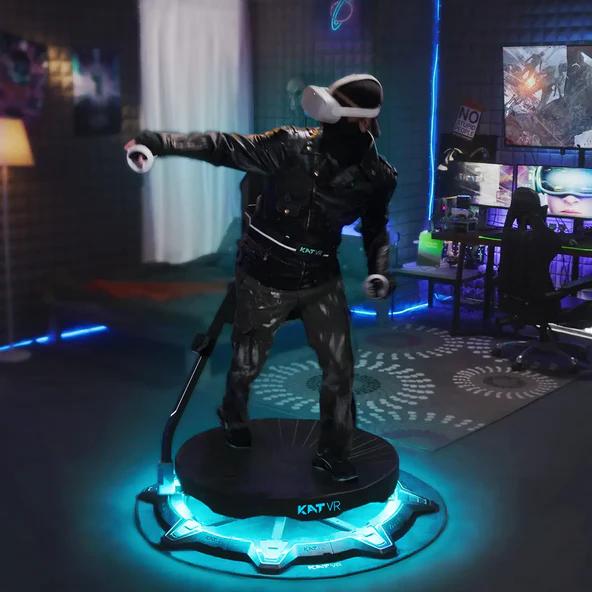
This is a VR treadmill that lets you walk, run, crouch, and jump in VR with haptic feedback. It has a low-friction surface that adapts to your movements. The wireless harness keeps you balanced, and sensors track your position and speed. It also has haptic modules that attach to your ankles and provide vibration feedback when you step on different terrains in VR. The KAT Walk C2+ is compatible with most VR headsets and games, and it costs $1,999.
Also Read: Best Treadmills for Virtual Reality: Types and Features
Haptic technology has applications beyond gaming and virtual reality (VR). And some pretty cool devices are yet to come. Here are some honorable mentions for the top 10 haptic feedback devices currently available on the market:
Phantom Premium 1.5
We couldn’t help but give an honorable mention to the Phanton Premium 1.5. This remarkable tech brings a new level of precision to surgical procedures by providing force feedback directly to the surgeon’s hand. It offers a unique experience for surgeons by providing both force feedback and vibrotactile feedback to their hands. It also enables surgeons to have a heightened sense of touch, allowing them to accurately perceive the resistance of tissue and other vital structures during procedures.
Haptic Hydrogel Skin (Not Released)
Engineers at City University of Hong Kong developed WeTac, a wearable electronic “skin” in December last year. Unlike bulky alternatives, WeTac uses a hydrogel-based system with 32 electrodes, offering a wide range of sensations. This tech could enhance gaming experiences or enable remote robot control, adding a new dimension to virtual and augmented reality.
- AI-Powered PCs: Overhyped Trend or Emerging Reality? - August 21, 2024
- Princeton’s AI revolutionizes fusion reactor performance - August 7, 2024
- Large language models could revolutionize finance sector within two years - March 27, 2024

